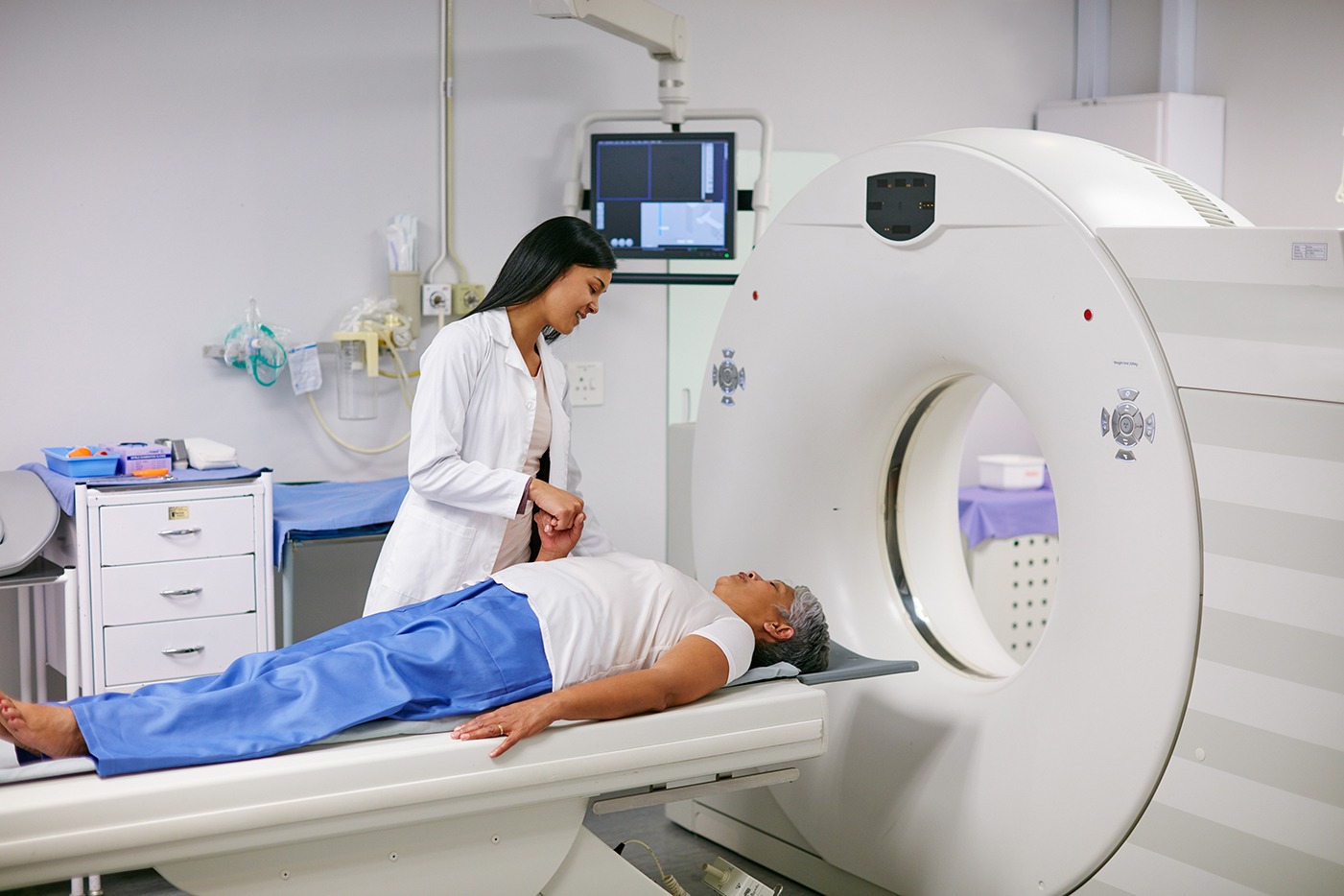Why Would You Need an MRI Foot Scan?
An MRI foot scan is typically recommended when other diagnostic tests, such as X-rays, are unable to provide a clear understanding of the foot’s condition. It's especially useful when soft tissue injuries or conditions are suspected, as MRI provides high-resolution images of muscles, tendons, ligaments, and cartilage that cannot be seen with traditional X-rays. Some of the most common conditions that an MRI foot scan can help diagnose include:
1] Fractures - While fractures can often be detected using X-rays, an MRI scan can provide a more detailed view of any associated soft tissue damage, such as ligament tears or bone bruises. It is particularly useful in cases of stress fractures, which may not be immediately apparent on an X-ray.
2] Ligament and Tendon Injuries - The foot has a number of important ligaments and tendons that can be damaged due to trauma or overuse. Common injuries include plantar fascia tears, Achilles tendonitis, or sprained ligaments. An MRI foot scan can reveal the extent of these injuries, aiding in treatment decisions.
3] Arthritis - Conditions such as osteoarthritis or rheumatoid arthritis can affect the joints of the foot, leading to pain, swelling, and decreased mobility. An MRI scan can help identify signs of joint degeneration, cartilage loss, or inflammation in the bones and soft tissues.
4] Tendonitis and Bursitis - Tendonitis is the inflammation of tendons, while bursitis refers to the inflammation of the bursa (fluid-filled sacs around joints). Both conditions can cause significant pain and swelling. MRI helps confirm these conditions by showing inflammation or tears in the tendons and bursae.
5] Nerve Compression or Damage - An MRI Scan can help diagnose conditions like Morton’s neuroma, a thickening of tissue around the nerves between the toes, or tarsal tunnel syndrome, where the tibial nerve is compressed. Both conditions cause pain, tingling, and numbness, and MRI can reveal the cause of nerve compression.
6] Soft Tissue Tumors - Though rare, tumors in the soft tissues of the foot can cause pain or swelling. MRI scans provide detailed images that help in identifying tumors and distinguishing them from other conditions.
Cost of MRI Scan Foot in Nagpur
The cost of an MRI scan for the foot in Nagpur varies depending on the diagnostic center, but it generally offers an affordable option for those seeking detailed imaging of foot injuries or conditions. This scan helps diagnose issues such as fractures, soft tissue injuries, arthritis, or tendon problems. With advanced MRI technology, patients can receive accurate and precise results, aiding in effective treatment planning. It’s important to choose a reputable clinic that offers quality service and experienced professionals to ensure the best outcomes.
How is an MRI Foot Scan Performed?
The procedure for an MRI foot scan is straightforward and typically lasts between 20 to 40 minutes. Here’s how it works:
1] Preparation: There is no special preparation needed for an MRI of the foot, but you may be asked to remove any jewelry, shoes, or clothing with metal components. If you are wearing anything metallic, it must be removed before the procedure. You will also need to inform the technician if you have any metal implants, pacemakers, or other devices in your body that may interfere with the MRI.
2] Positioning: You will be asked to lie on a table, and your foot will be positioned inside the MRI machine. The technician may use cushions or straps to help keep your foot still and in the correct position.
3] The Scan: During the scan, the MRI machine creates detailed images of the foot. You will need to remain still throughout the process to ensure the images are clear. The MRI machine makes loud noises during the scan, but you will be provided with ear protection to block out the noise.
4] Contrast Dye (if necessary): In some cases, a contrast dye may be injected into the foot to help enhance the images. This helps provide more detailed views of the soft tissues, cartilage, or blood vessels.
5] Post-scan: After the MRI, you can resume your normal activities. If contrast dye was used, you may be asked to drink fluids to help flush the dye from your system.









